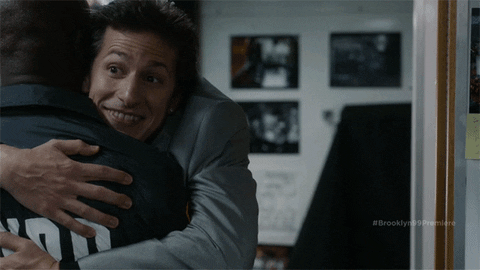Wow, that seems aggressive!
The new, on-hold, Federal Vaccine Mandate has organizations all over the country losing their minds, and that is putting it lightly!
I have to say, for how dumb I usually think our US government is on most things, no matter what party is in charge, this Vaccine Mandate was kind of brilliantly written regardless of which side you’re on. Unlike most government regulations this one is pretty tight. You have two options:
- Get the vaccine.
- Put on a mask and test weekly.
- See #1 or #2
It’s extremely rare that in HR we see something so straightforward.
“Well, Tim, you missed religious and medical accommodations!” No, not really. Doesn’t matter. Great you need or want accommodation, doesn’t matter. #1 or #2, which one do you want, #2 will fill your accommodation.
So, why are you stupid for charging your employees for Covid testing?
First, the new, on-hold, federal mandate, does allow employers to charge their employees who don’t want to get vaccinated and now have to be tested, weekly. Legally, you are allowed to charge your employees.
Second, doing so, no matter what you believe about the vaccine, is stupid!
It is next to impossible right now to hire great talent. Fact.
So, in this environment, you think the best way to retain employees is to tell them you’re going to make them pay for their own test?! Um, nope! They’ll just leave you and go work for someone who won’t make them pay and probably also doesn’t make them feel like a second-class citizen for making their own health choices.
I continue to hear from well-meaning HR pros across the country that they will be making their employees pay for their own testing, and honestly, I just don’t understand this stance. It seems like a recipe for disaster when it comes to retaining employees you desperately need.
But, the testing costs a lot and we want our employees to be vaccinated!
Yeah, I want world peace.
The fact is, in the US, we are not going to get everyone vaccinated. We have huge parts of our population that just don’t trust the vaccine is right for them. Under 50% of African Americans in the US are unvaccinated and have no desire to be vaccinated. Almost 50% of Union workers in the US are unvaccinated and have no desire to be vaccinated. This isn’t something even our government will be able to force.
US employers are going to have to make some hard choices if the courts decide to let this mandate go forward. For me, that choice will be to value all of our employees and work to keep everyone safe while also letting them make their own choice, and try not to make this a hardship for all involved financially.
The thing I won’t do is to shame employees who are fearful and I won’t make them pay to get tested.




